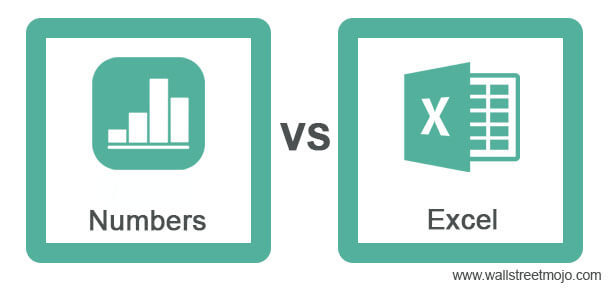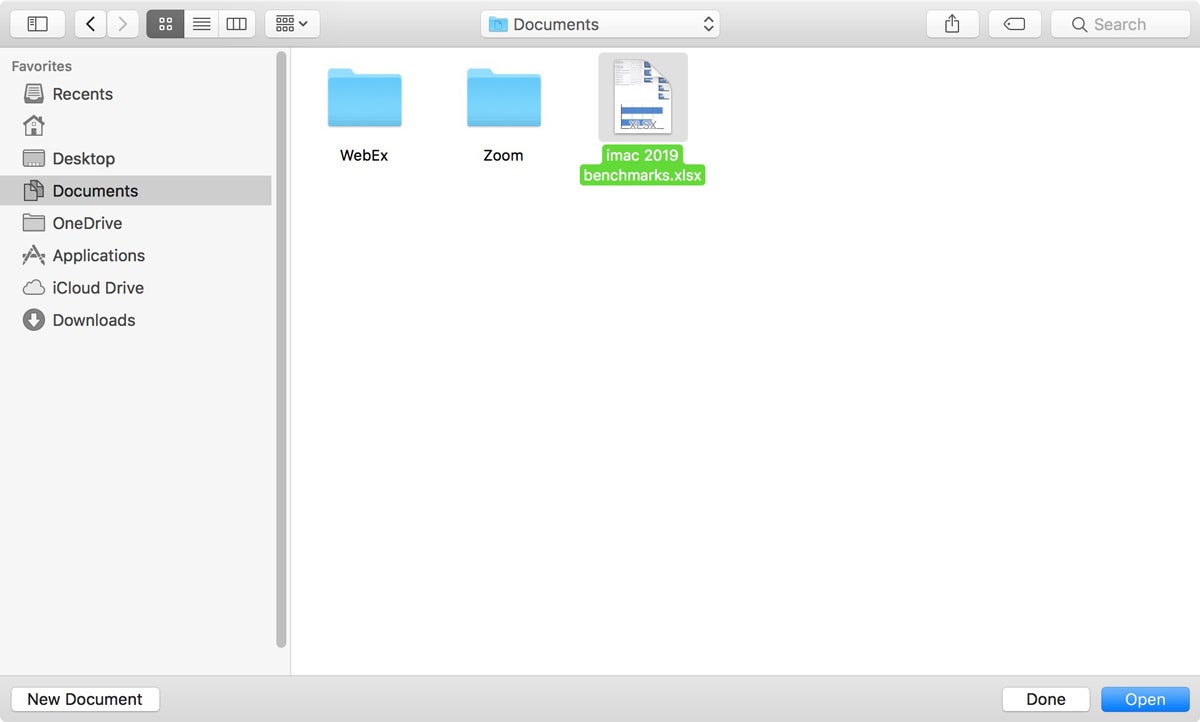

Excel will show a small preview of the code applied to the first selected value above the input area. Here you can modify existing custom code, or to enter your own codes from scratch. When you select a code from the list, you'll see it appear in the Type input box. The Custom category shows a list of codes you can use for custom number formats, along with an input area to enter codes manually in various combinations.
#Excel or numbers for mac mac
See also: 222 Excel Shortcuts for Windows and Mac Where to enter custom formatsĪt the bottom of the predefined formats, you'll see a category called custom. Shortcuts for number formatsĮxcel provides a number of keyboard shortcuts for some common formats: Format If you enter a percentage like 5%, Excel will change to Percentage, and so on. For example if you enter a valid date, Excel will change to "Date" format. Note: As you enter data, Excel will sometimes change number formats automatically. You can select standard number formats (General, Number, Currency, Accounting, Short Date, Long Date, Time, Percentage, Fraction, Scientific, Text) on the home tab of the ribbon using the Number Format menu. The screen below shows the same values in column B and D, but D is narrower and Excel makes adjustments on the fly. Excel will display as many decimal places as space allows, and will round decimals and use scientific number format when space is limited. The display of numbers using the General number format is somewhat "fluid". General is defaultīy default, cells start with the General format applied.

Note: you can open Format Cells dialog box with the keyboard shortcut Control + 1. You'll find a complete list of number formats, organized by category, on the Number tab: This button opens the Format Cells dialog box. Below this menu to the right, there is small button to access all number formats, including custom formats: On the home tab of the ribbon, you'll find a menu of build-in number formats. The key thing to understand is that number formats change the way numeric values are displayed, but they do not change the actual values. For example, the table below shows 7 different number formats applied to the same date, January 1, 2019: Input



 0 kommentar(er)
0 kommentar(er)
